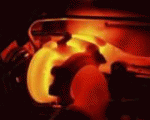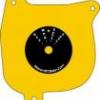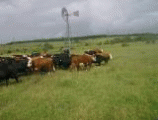- Replies 219
- Views 31.7k
- Created
- Last Reply
Top Posters In This Topic
-
 KATOOM 55 posts
KATOOM 55 posts -
 Mopar1973Man 47 posts
Mopar1973Man 47 posts -
 Yankneck696 35 posts
Yankneck696 35 posts -
 rancherman 30 posts
rancherman 30 posts




I dont want to railroad an awesome thread but I'd like to touch on the topic of fuel cooling via a fuel cooler of some sort. I just have this crazy premonition that there needs to be a fuel cooler on these trucks. Given what I recently experienced while towing a very large trailer in 100*+ weather uphill with the engine at 215*-220* and having the throttle do something unexpectedly weird, excessive fuel temps or just plain excessively hot PSG is becoming very likely the culprit of what happened.
I'm going to be digging into this topic really heavily and searching for an optimal small radiator to mount somewhere under or in front of the truck. Possibly with a fan assist too. There is just too many other trucks/diesel vehicles utilizing a diesel fuel cooler.
In saying that, I've wondered if anyone has ever considered trying to cool the PSG itself. Chip from Bluechip told me around a year ago that Bosch has implemented thicker heat sinks under the PSG but I can’t confirm this and he's not around anymore.....that I know of. Then I got to thinking about a Peltier Module..... Why hasn’t this been considered????? Maybe it couldn’t offset the heat dissipation needed but I think using a $20 Peltier Module and sticking an aluminum bladed computer CPU heat sink to the top of it would have to help. Here's a video of what this device is if someone doesn’t understand what I'm talking about. https://www.youtube.com/watch?v=9Cuh2msd2lo If someone was so inclined they could install an inline thermostat too so it didn’t run in the winter.
Maybe this would be better served in another thread but I think its a topic which needs to be revisited again.....